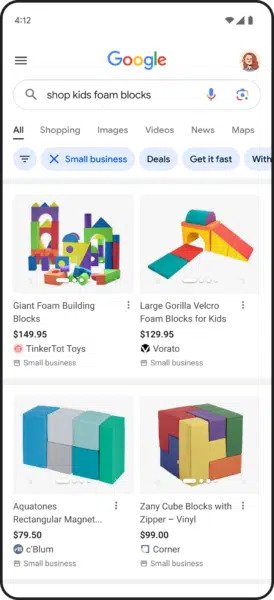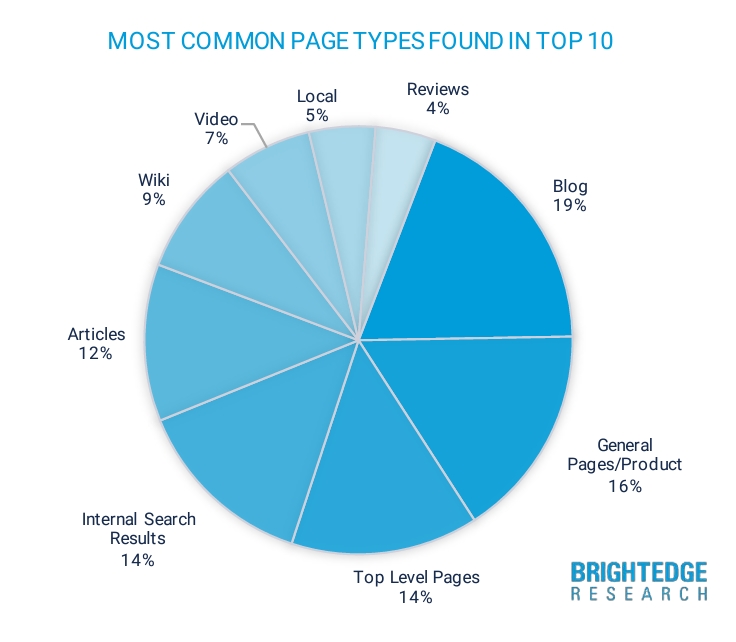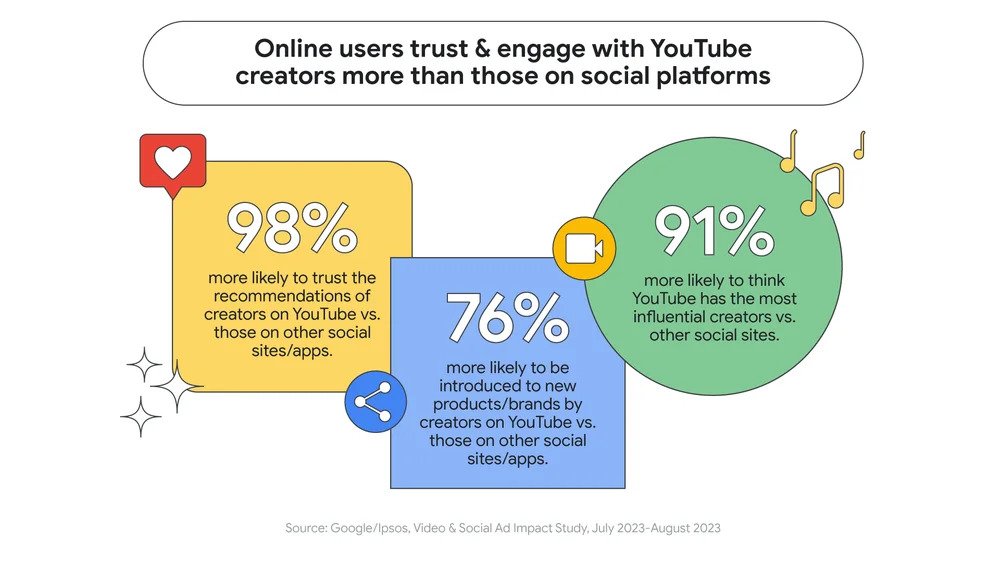Google is making some big changes to how it ranks results that aim to deliver more personalized search results and increase the prevalence of “first-hand knowledge”.
The search engine announced the changes earlier this month while spotlighting two specific updates that have recently come to users.
Cathy Edwards, Vice President of Search at Google, says these updates will better connect humans with the topics and content that are most relevant to their interests and needs:
“Search has always been about connecting human curiosity with the incredible expanse of human wisdom on the net. These advancements will help users find the most helpful information just for them, no matter how specific their questions may be.
Bringing First-Hand Knowledge To The Surface
Google has made adjustments to its ranking algorithm to show more first-person perspectives higher in search results. While the company didn’t tell us exactly how it tweaked the algorithm, Edwards emphasizes that it will help people find new individual experiences, advice, and opinions when searching.
With this change, the company says it will hopefully show fewer repetitive pieces of content that don’t bring new perspectives or opinions in the first pages of results.
The announcement says:
“As part of this work, we’ve also rolled out a series of ranking improvements to show more first-person perspectives in results, so it’s easier to find this content across Search.”
Follow Topics For More Curated Results
Google is giving you the ability to curate your own search results by following topics that are important to you.
By following topics in search results, such as a favorite football team, style of restaurant, or genre of music, you can stay in touch with these topics naturally while you are searching.
Follows not only impact what you see in typical search results but help highlight important topics in Discover and other areas of Google.
You can see an example of how this can shape your search results below. The first image shows what search results looked like before this update rolled out, and after.
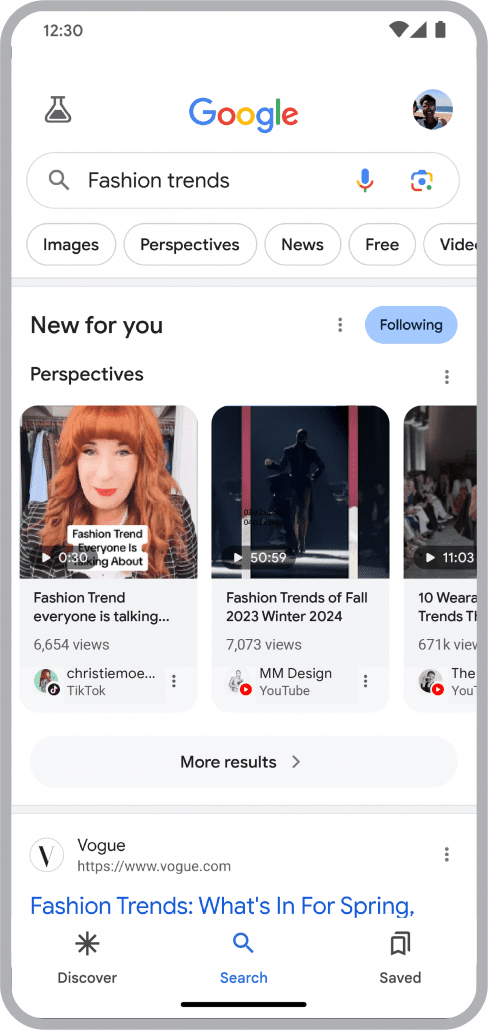
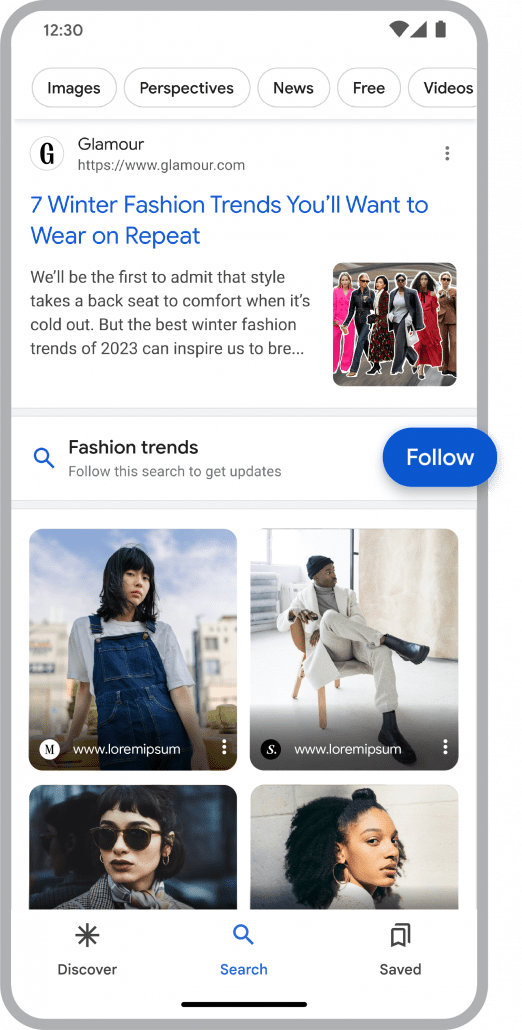
Like most changes to the search results, however, it is unclear exactly how this affects optimization strategies going forward. We will know more as we get more data in the coming weeks.
Personalization Is The Future
Google has been increasingly customizing search results for users based on numerous factors including location, age, gender, demographics, and more. These latest updates continue this effort to ensure that the search results you see aren’t just the most relevant sites for anyone. They are the most relevant search results for you.

